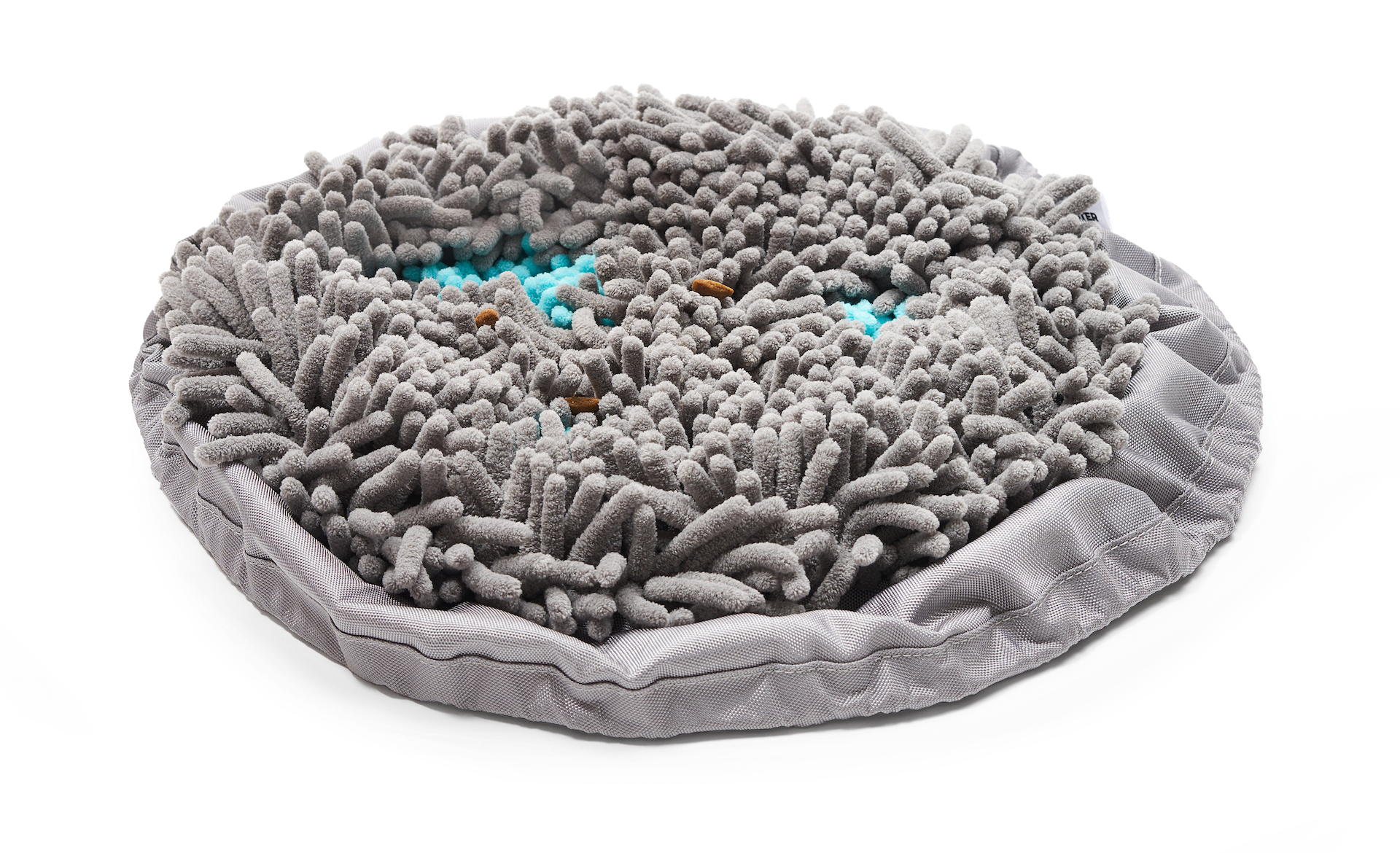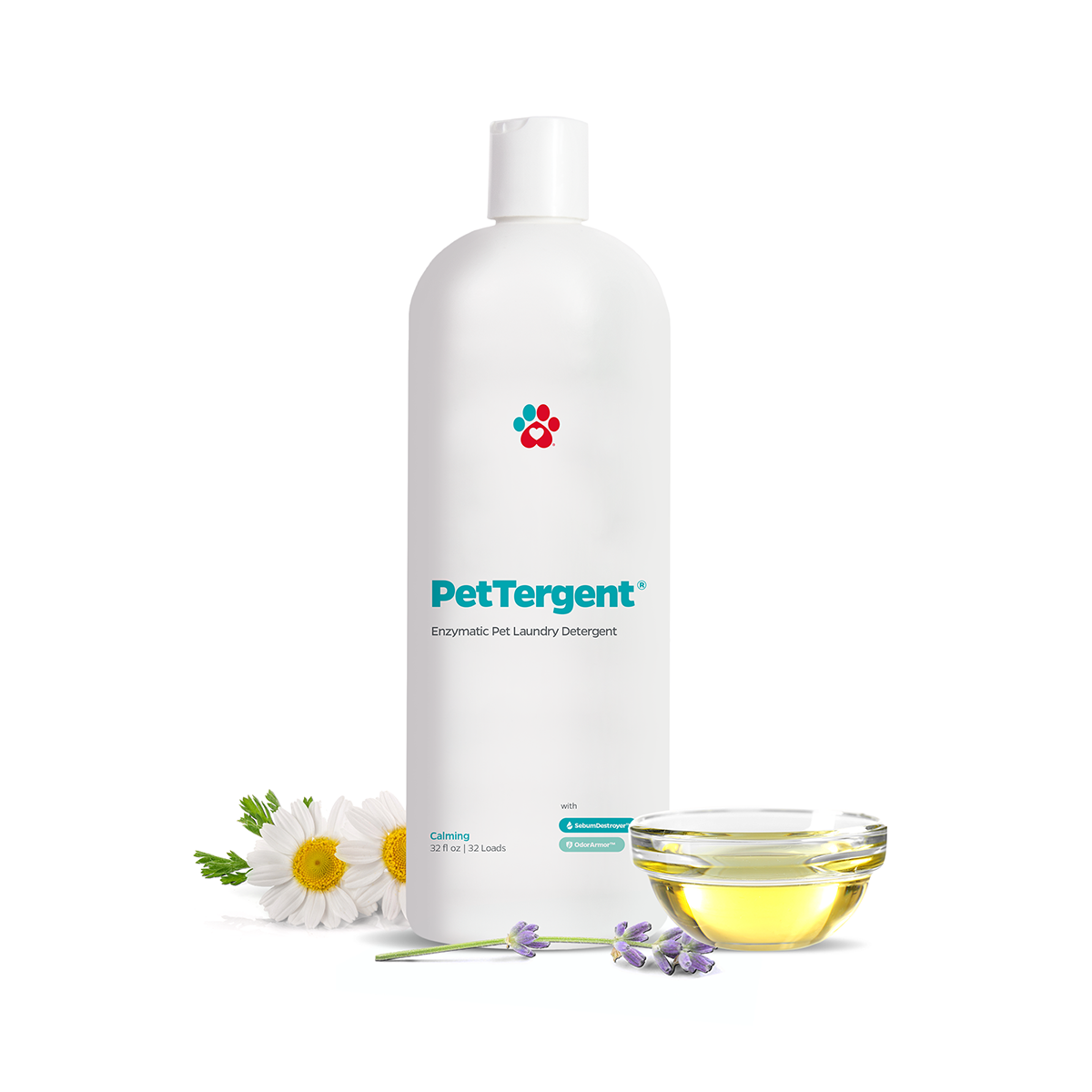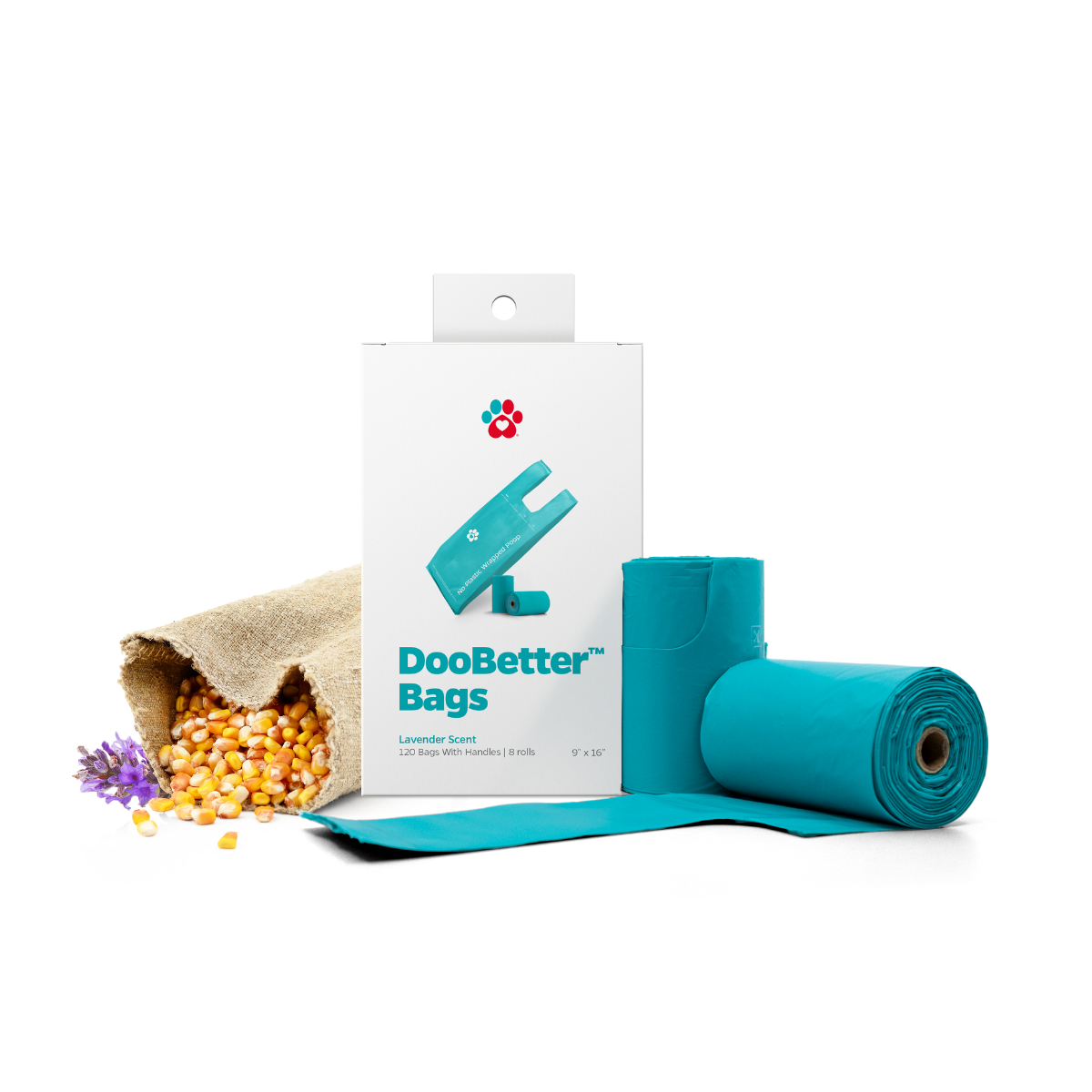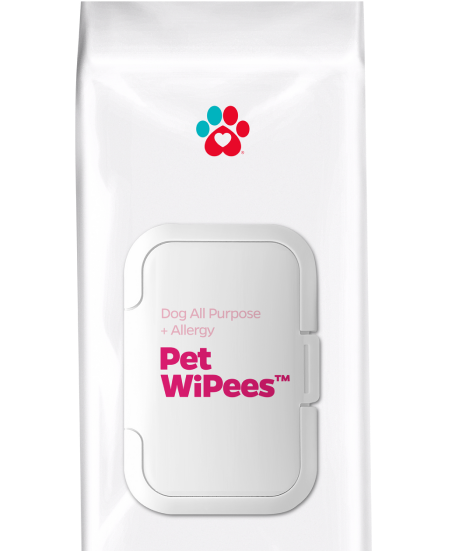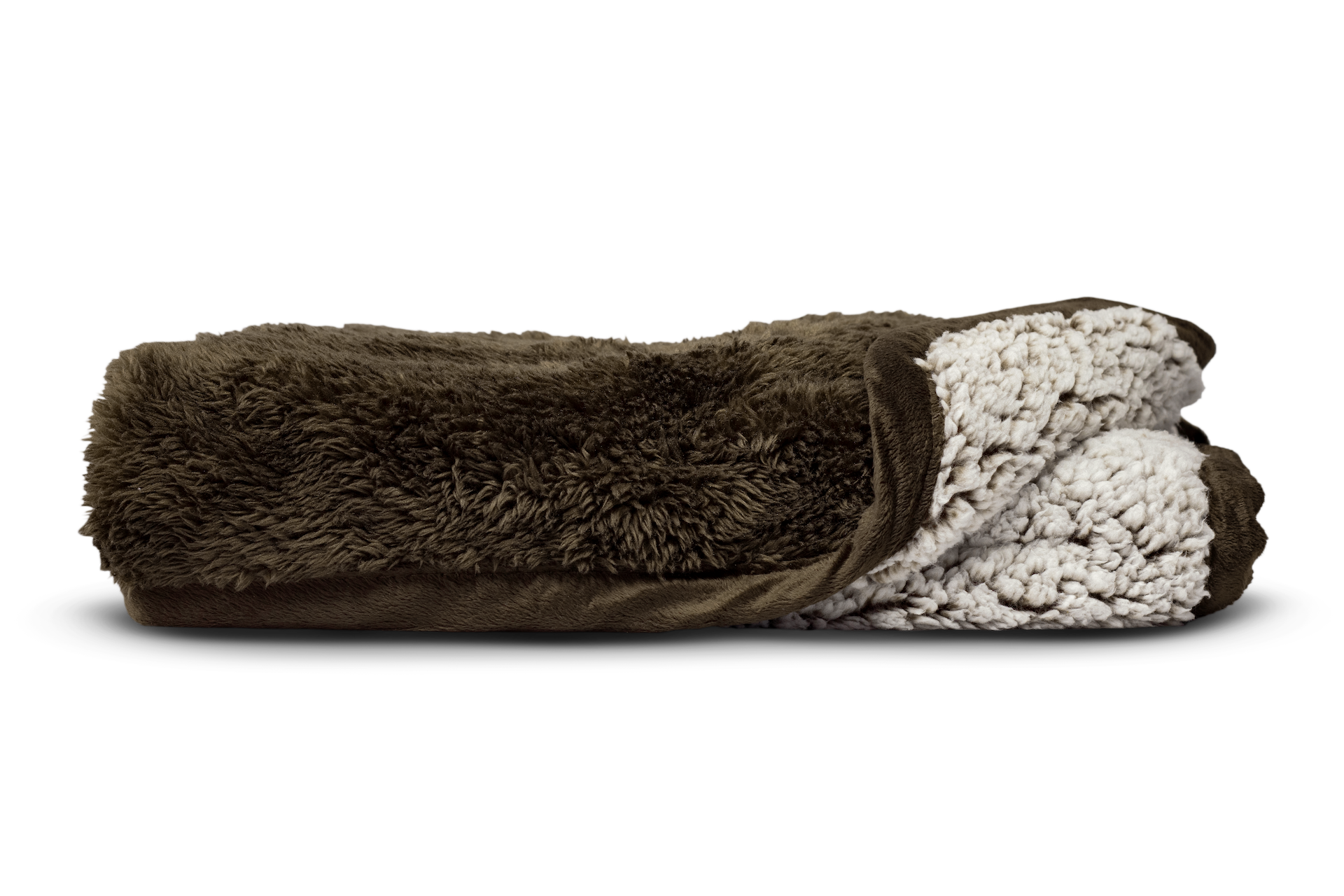What should be in your pet's first aid kit?
Who said first-aid kits are only for humans? Our pets definitely need a first-aid kit too. Anything can happen anytime and it's best to be prepared. A pet's first-aid kit can be a great help when you & your pet are traveling or live quite far from a veterinary clinic.
"Pet first-aid kits are not only important for an emergency, but also for times your furbaby may need immediate help"
As a pet parent, it is our responsibility to put together, and understand, how to make a pet first-aid kit to help avoid panic in any medical emergencies.
Additionally, a first-aid kit is not only important for an emergency, it is also helpful anytime your furbaby may need immediate help. In this article, we will go through the items you should include in your pet's first-aid kit, and why these items are important.
Must-haves in your pet's first aid kit
Bandages or strips of clean cloth
These are handy whenever your pet is bleeding. These keep the wound clean until it can be treated by your veterinarian. Non-adhesive wraps can be the most convenient option since it doesn't stick to your pet's fur, making it easier and faster to remove.
Depending on the size of your pet, make sure you have extra rolls of bandages and twice as much clean cloth strips. Have a least one sized to go around your dog's waist. A variety of sizes will help you be prepared for any size injury.
Note: Never use human adhesive bandages, or any adhesive, as these may cause irritations or be painful when removed.
Scissors
Let's admit it. A pair of scissors make our lives a whole lot easier. It would be pretty difficult to cut any bandaging material, tape, etc without this. So don't forget to include a pair of scissors!
Digital thermometer
This determines the body temperature of a dog, whether he has fever or is hypothermic. The normal body temperature of dogs and cats is approximately 99.5-102.5°F).
If your furbaby has a fever, you may help reduce the fever by placing a cool towel or cloth around their paws and ears. If thier temperature drops below 103, but increases again within a couple minutes, take your furbaby to the vet immediately. Do not self-medicate your pet. The vet will perform tests and evaluations on your furbaby, like a blood count, to determine what is wrong.
Sterile Saline Wash
A sterile saline wash can be used to wash your pet's wound, eyes (if there is debris), and even provide a flush on your pet's nose.
Water
We grew up believing that water is life. Indeed, it is. Water does not only re-hydrate your pet (or you) but it can also be used to clean the wound, soothe burns and cool down an overheated pet. Always keep a gallon of water in your pet's first aid kit, along with a water bowl if you are traveling.
Medicines
If your dog is under any maintenance or prescription, don't forget to bring his medicines. You can also add on some diphenhydramine (an antihistamine that can be used for allergic reactions, temporarily), styptic powder (stops bleeding in minor cuts), and sugar tablets (can help with pets with low blood sugar). Any prescribed medications are essential to include in your pet's first aid kit.
It is also a good idea to include some supplements for dogs, like Allergy SoftSupps® or Multifunctional SoftSupps® depending on your pet's typical needs.
Dog diapers, belly bands and pee pads
Pets easily get stressed out. A small change in his daily routine, a new encounter with unfamiliar places, people or animals can trigger him to become anxious. Dog diapers, belly bands and Pawtect® Pads can be extremely helpful during emergencies.

When your pet is stressed, they may go through unexpected behavioral changes, or be more inclined to have accidents. These Pet Parents® products can help you manage these issues. These products can also be used to cover wounds, or used as a protected area during emergencies.
Treats
Don't forget the treats in your pet's first aid kit! Treats are a great way to distract and keep calm a wounded or injured pet. Giving treats to your pet is very helpful especially when cleaning the affected area, bandaging or transporting him to the vet.
Updated contacts
Keep your vet's contact information updated and know it before you need it. Place it inside your pet's first aid kit so you can immediately make a call when there's an emergency. It is also recommended that you include a copy of your pet's updated health card so the vet will know what vaccines he's already had in case he's bitten by other dogs or by stray animals or he nips at someone due to stress and fear.
"You should also include a copy of your pet's updated health card."
Blankets
During an accident, your pet may panic and feel uncomfortable. Wrapping them in a Pawtect® Blanket can help calm them down while checking their wound or injury. Pawtect® Blankets not only provide a soft surface for your furbaby, they will also soak any fluids during the emergency.
Flashlight
Your pet's first aid kit should also include a flashlight, and an extra set of batteries. It is great help, not only during night emergencies, but also helps to provide enough light for certain tasks - like pulling out a splinter, or finding small objects.
A pet first aid kit is easy to put together and will make you more prepared to deal with any medical emergencies that confront your pet, may you be at home, traveling or in new place. This kit will save your pet in many ways you can ever imagine.

